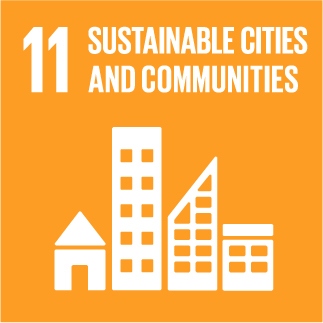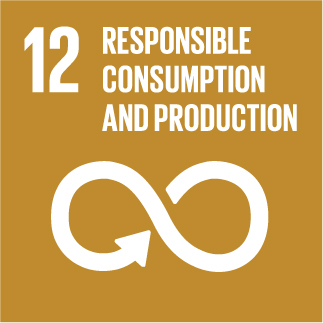URBANREC
Valorization of carob waste: Definition of a second-generation bioethanol production process
The aim of this work was to develop a strategy for second-generation ethanol production from carob solid waste issued from Lebanese food industry. The pros and cons of submerged (SF) and solid-state fermentations (SSF) using S. cerevisiae on ethanol yield and productivity were compared, including the respective roles of upstream and downstream processes, such as the size reduction, or sugar and ethanol recovery processes. The design of experiments methodology was applied. Experimental results demonstrated that SSF applied to cut carob waste from carob syrup preparation was simpler to operate and more cost-effective, maintained yield and productivity (0.458g ethanol/g consumed sugar and 4.3g/(kg waste)/h) in comparison to SF (0.450g ethanol/g consumed sugar and 5.7g/(kg waste)/h), and was able to achieve ethanol production up to 155g/(kg waste) at low water demand, while SF reached only 78g/(kg waste) due to the limitations of the sugar extraction pretreatment.

» Author: Hajar Bahry, Agnès Pons, Rawa Abdallah, Guillaume Pierre, Cédric Delattre, Nidal Fayad, Samir Taha, Christophe Vial
» Reference: Bioresource Technology, Volume 235
» Publication Date: 01/07/2017
» More Information

This project has received funding from the European Union's Horizon 2020 research and innovation program under grant agreement Nº 690103




URBANREC Guidelines by URBANREC Consortium is licensed under a Creative Commons Reconocimiento-NonComercial-NoDerivatives 4.0 Internacional License.
Puede hallar permisos más allá de los concedidos con esta licencia en www.aimplas.net
